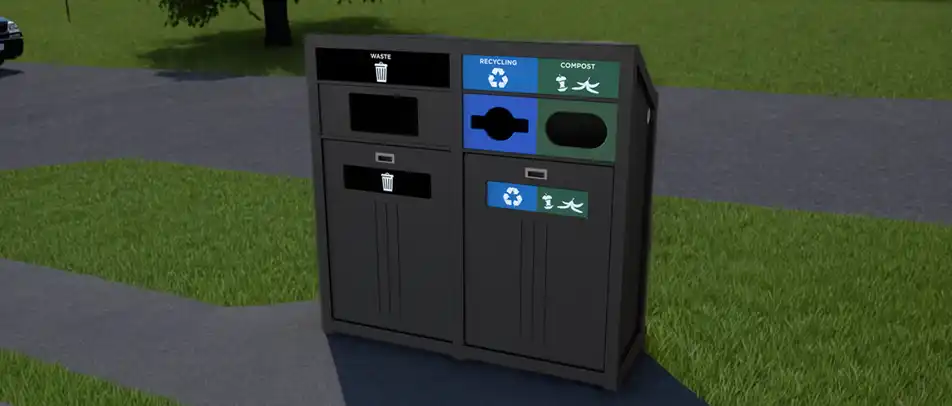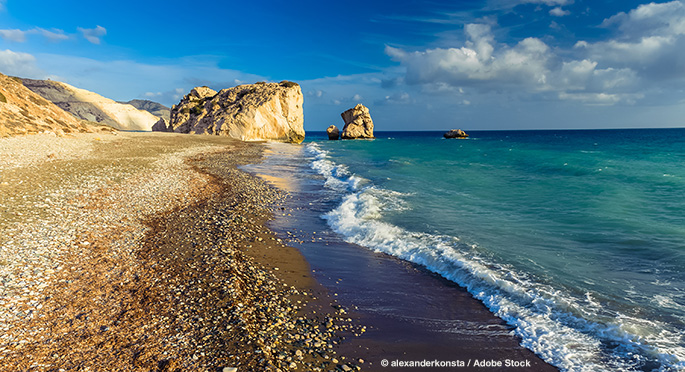The ocean is a huge part of our lives whether you live on the coast or in the middle of the desert. Covering roughly 70% of the Earth, the ocean absorbs 2.5 billion tons of CO2 every year and produces 70% of the oxygen in the atmosphere. Yet, the ocean cannot keep up its workload with humans continually trashing the planet. People from every corner of the world have come together to save the ocean before it is too late. Here are 3 positive human impacts on the ocean and marine life!
Rigs To Reefs
One of the most successful programs and positive human impact on the environment is the Rigs to Reefs Program. This project started in 1985 and is committed to converting oil rigs to artificial corals. An artificial coral is a man-made structure used to encourage the growth of coral and welcome other marine life. A larval organism, such as coral, will settle and then begin to multiply itself till a reef forms. As soon as the coral begins to thrive, its presence soon attracts a host of other animals. Each rig provides a home to 12,000-14,000 fish and other organisms and 2-3 acres of habitat for these animals. In 2015 there were 470 rigs converted reefs throughout the oceans, and the number continues to grow.
Ocean Cleanup Project
Another positive human impact on the ocean and large-scale project that has high hopes and big dreams is the Ocean Cleanup Project. The Great Pacific Garbage Patch is the biggest dumpster in the world, being an island of trash twice the size of Texas. The Ocean Cleanup Project has an ambitious goal, aiming to clean up 50% of the trash in the Great Pacific Garbage Patch in the next five years. How do they plan on accomplishing this huge task? Instead of attempting to hunt down and catch trash floating throughout the ocean with nets and trash bags, the idea is to let currents bring the trash to them. Huge floating screens will be placed in the path of currents that will capture the floating trash. These screens are 1-2 km in length, long enough to snare trash but too shallow to trap most marine life that swim at lower depths. After the screens become full, boats will tow the trash back to land to be recycled or converted into oil. Scientists estimate that this method will be 33x cheaper and 7900x faster at bagging and tagging trash than other methods.
SafetyNet
Projects are not the only ways technology has made an impact on the health of ocean life, modifications on simple fishing gadgets have also contributed. SafetyNet was created with the hope that fishers will reduce the amount bycatch caught in nets. About 40% of a catch is bycatch, meaning the fish are too small to be of any use. Even with fishers releasing the young fish back into the ocean, many still die because the amount of stress they face. So Dan Watson created a net with emergency exits in the back of fishing nets, illuminated with lights so that smaller fish can escape. He even took it a few steps further. He created the net so that it would not drag along the bottom of the seafloor and tear it up. He then addressed the problem of endangered cod becoming trapped based on their instincts. Cod have the tendency to swim downward when stressed while marketable fish swim upward in panic. The design of SafetyNet has two different layers. The upper layer traps the saleable fish, but the lower level allows the cod to escape. Technologies like the SafetyNet can be applied in everyday life and hopefully allow everyday people to conserve the ecosystems in the oceans.
These new technologies and positive human impacts on the ocean and marine life are just beginning to emerge, and hopefully, they remind and inspire people that anyone and everyone can make a difference, big or small.





































































































































 Three Ways to Engage Teams and Clients to Maximize Your Recycling Program Engagement
Three Ways to Engage Teams and Clients to Maximize Your Recycling Program Engagement  How to Integrate Accessibility Into Your Sustainability Planning
How to Integrate Accessibility Into Your Sustainability Planning  Why Park Benches Can Promote Workplace Well-Being
Why Park Benches Can Promote Workplace Well-Being 

How to Integrate Accessibility Into Your Sustainability Planning